Strong Sustainable Partnerships
UN Family
Our partnerships with UN entities are catalytic in developing transformational policy-driven solutions and leveraging financing opportunities for the SDGs. Our joint interventions contribute to the accelerated efforts towards the SDGs, including by tackling the climate crisis in support of the Paris Agreement commitments.
UNDP has a $2.3 billion portfolio to protect climate and nature, with nearly 300 projects spanning 142 countries (including 46 LDCs, 37 SIDS and 21 High Emitters) and delivered in collaboration with over 35 partners across the UN and beyond.
UNDP is part of a coalition of 31 UN agencies through the Joint SDG Fund, an inter-agency pooled fund that incentivizes transformative policy and financing to shift and stimulate strategic investments required to catalyse and accelerate progress against the SDGs. Since its establishment in 2017, the Joint Fund has mobilized over $370 million from 19 contributing partners and has helped countries shape more than 300 financial solutions to invest in the SDGs across 119 UN country teams.
Since 2019, working with Resident Coordinators and UN Country Teams through the Spotlight Initiative, UNDP, together with UN Women, UNFPA and UNICEF, delivered a package of comprehensive interventions to respond to violence against women and girls. They have supported 477 laws and policies, and allocated $190 million to civil society organizations. Nearly 2.5 million women and girls have accessed gender-based violence services, just to name a few, in 32 countries across five regions.
Our Partners
PARTNERING FOR DIGITAL INCLUSION
UNDP’s longstanding experience and expertise in the digital development space led to its co-hosting of SDG Digital, a high-level event co-organized with ITU, to increase action on accelerating the use of digital in support of the SDGs. The event gathered top representatives across governments, private sector, civil society and international organizations, along with over 500 in-person participants and many more online during SDG Action Weekend.
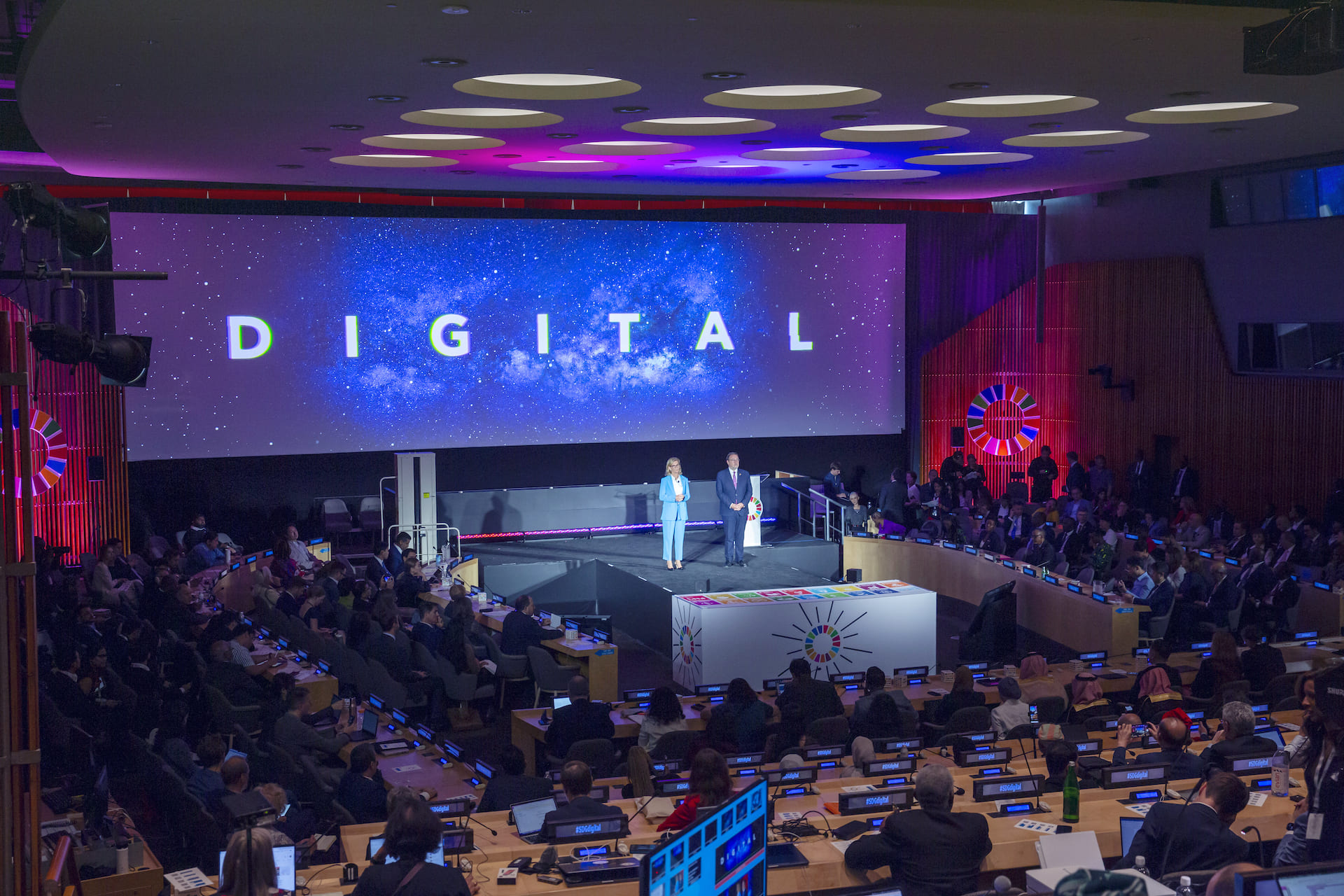 Photo: ITU Pictures
Photo: ITU Pictures
UNDP was proud to host crucial, specialized functions for the UN’s work around the world in 2023:
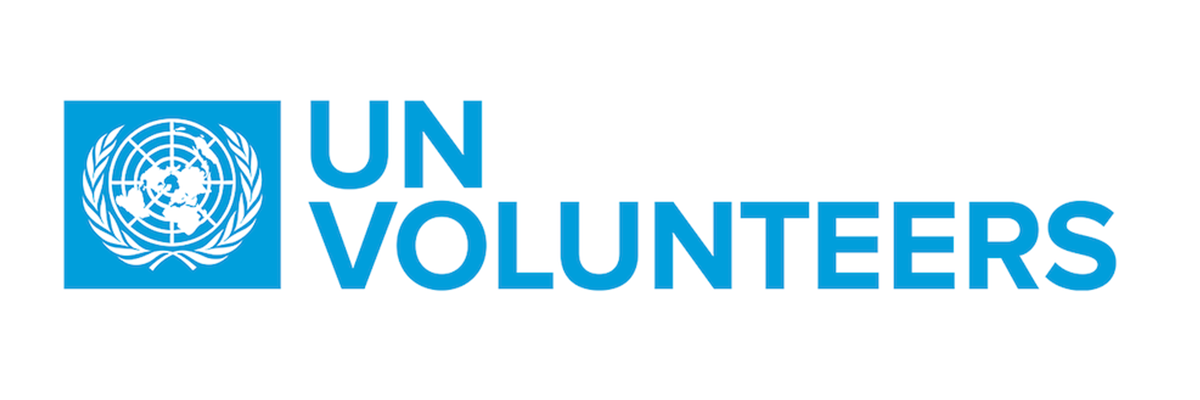
UNV deployed almost 13,000 volunteers across the UN system

The UNOSSC brokered collaborative initiatives involving over 100 countries

The MPTF Office administered over $1 billion in UN inter-agency funds involving 107 programme countries, 54 UN entities and an increasing number of non-UN actors

UNCDF delivered over $100 million for the third consecutive year
Private Sector Partners
These and many other partnerships, from private sector groups to individual companies and organizations, allow us to unlock new ways to achieve sustainable development throughout the world. For example, the Insurance and Risk Finance Facility (IRFF) partners with insurers, reinsurers, brokers and other industry partners – including the Insurance Development Forum and together with government – to leverage industry expertise, resources and networks to build the financial resilience of communities and countries all over the world.






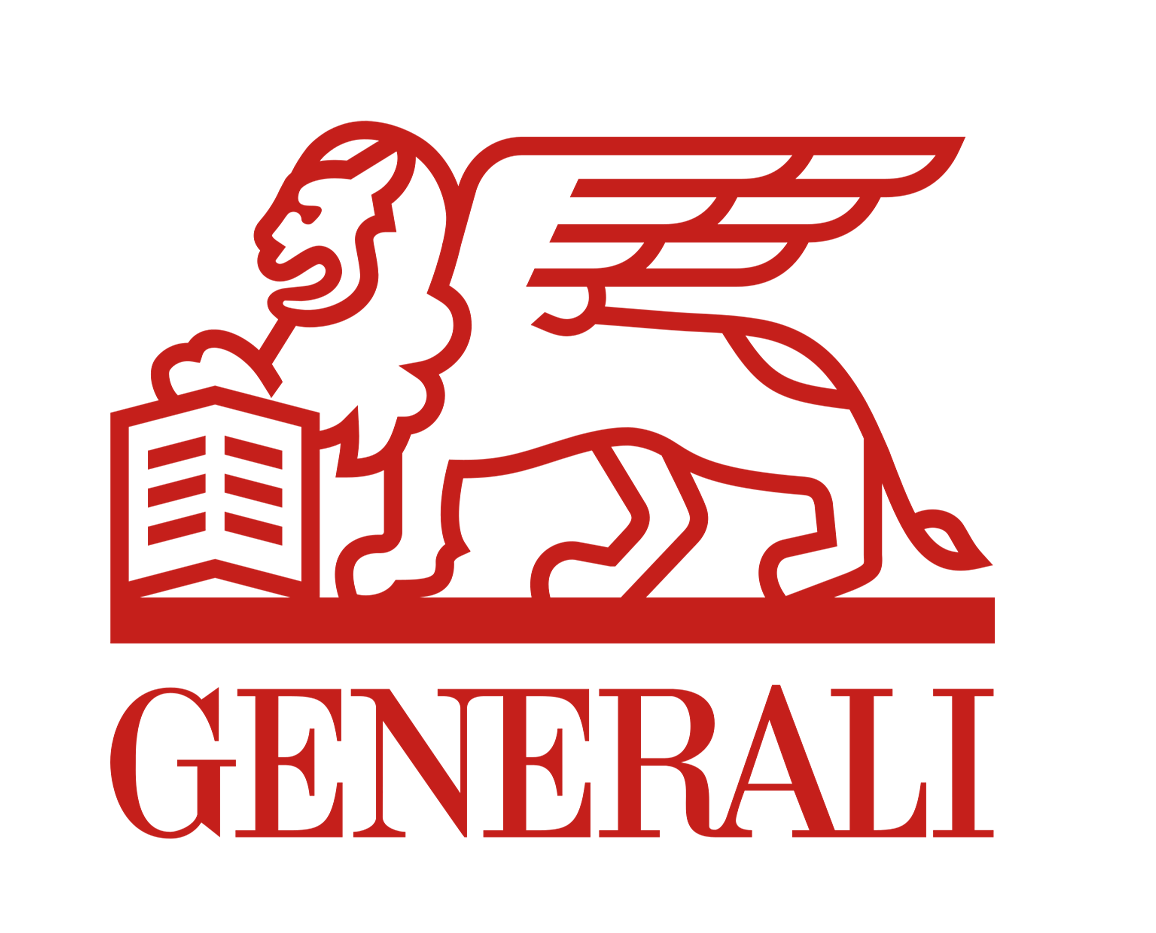






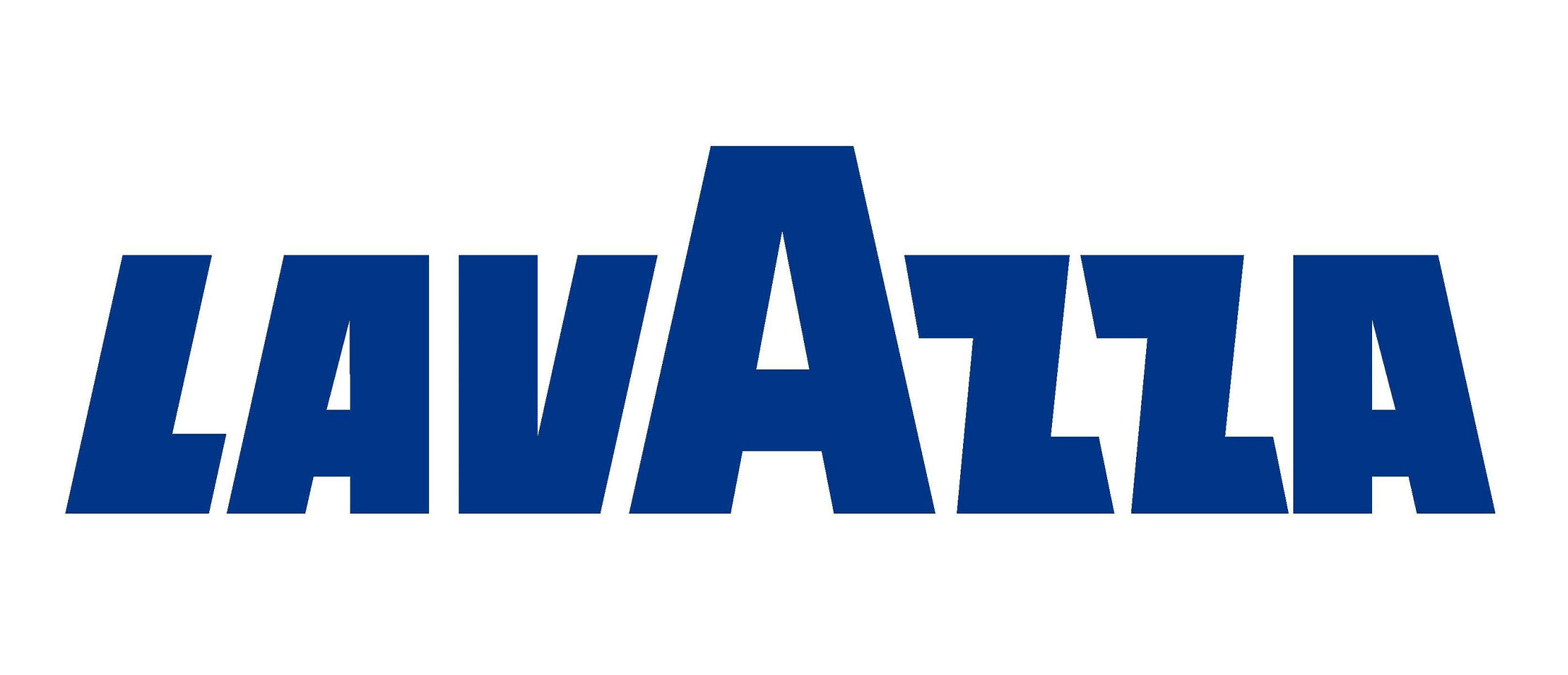


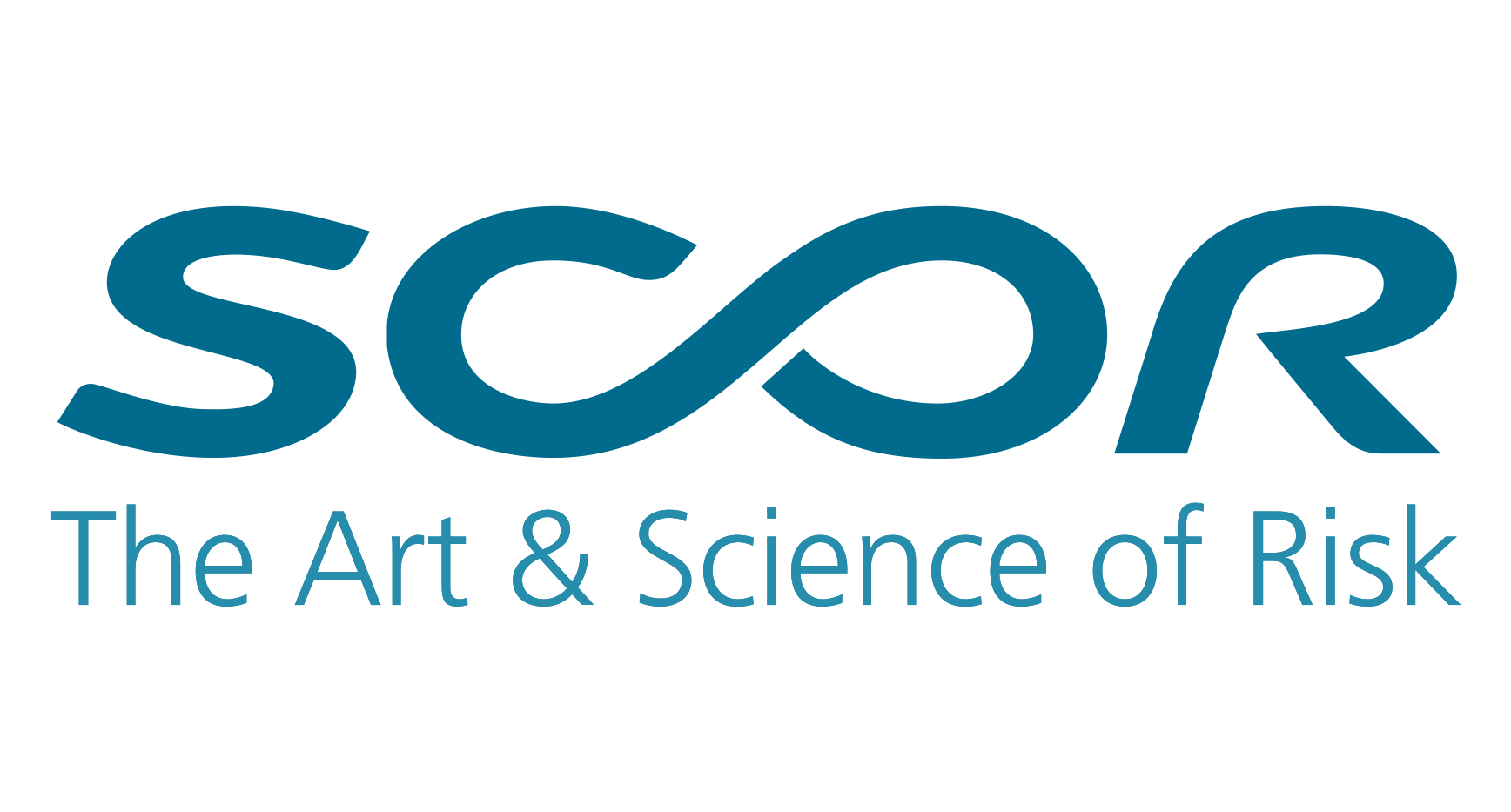
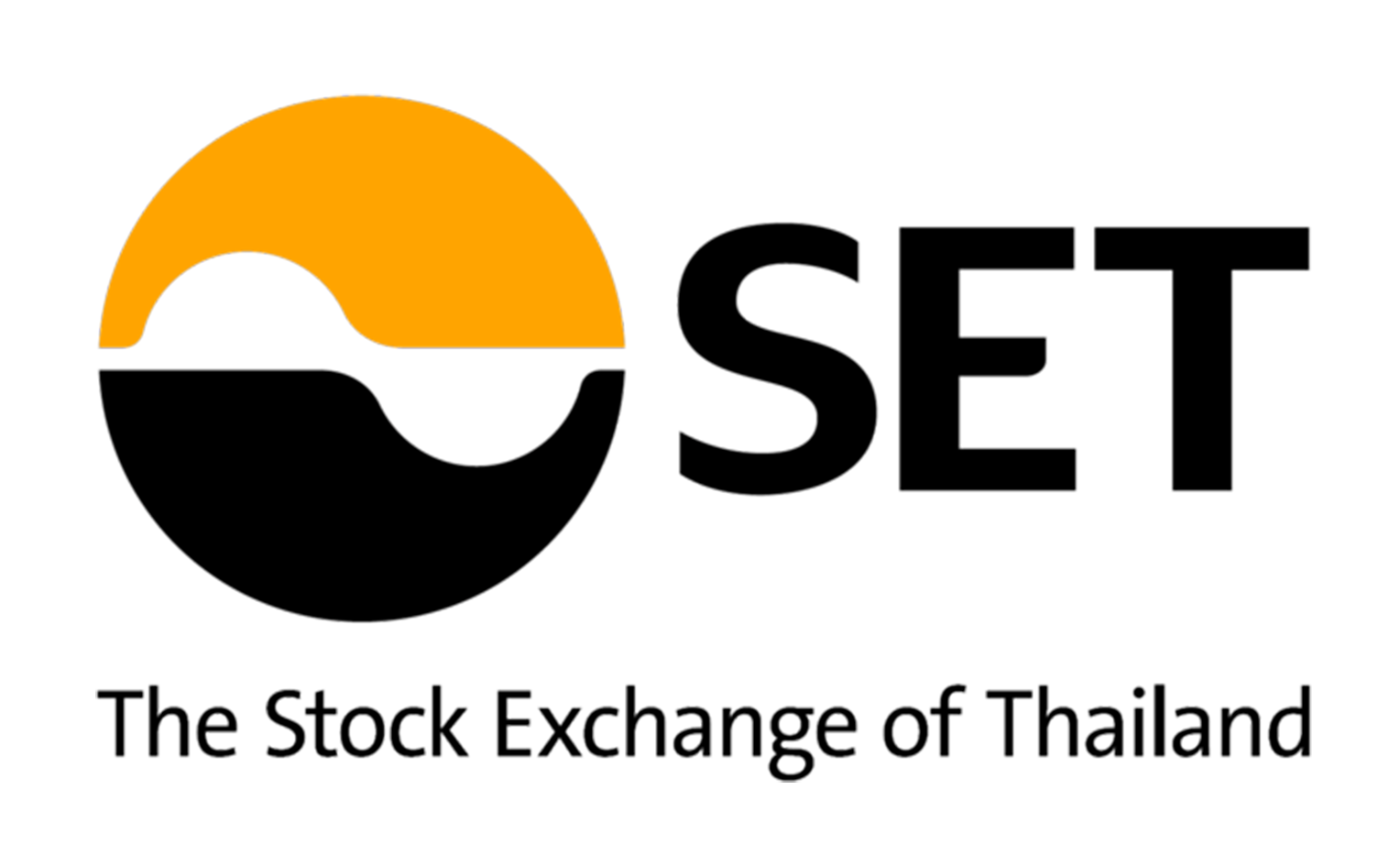

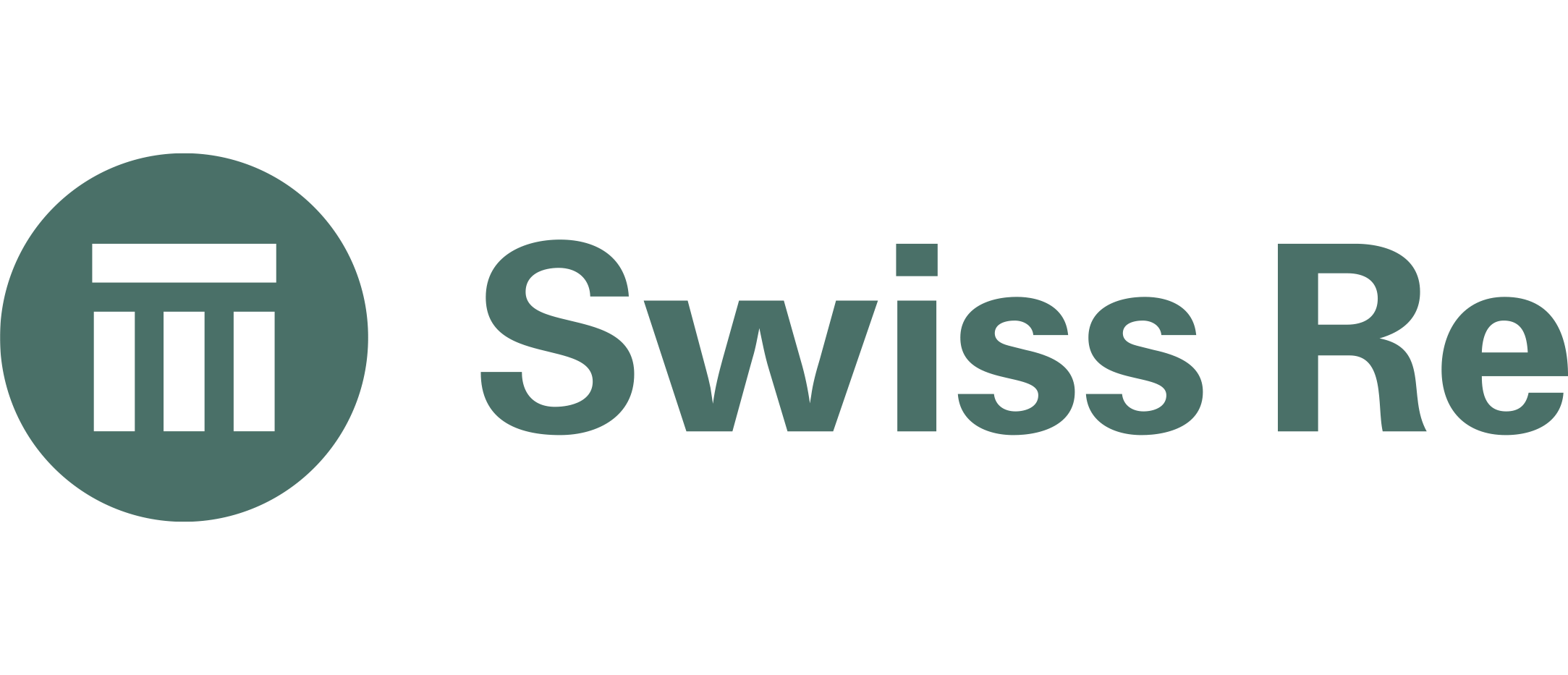
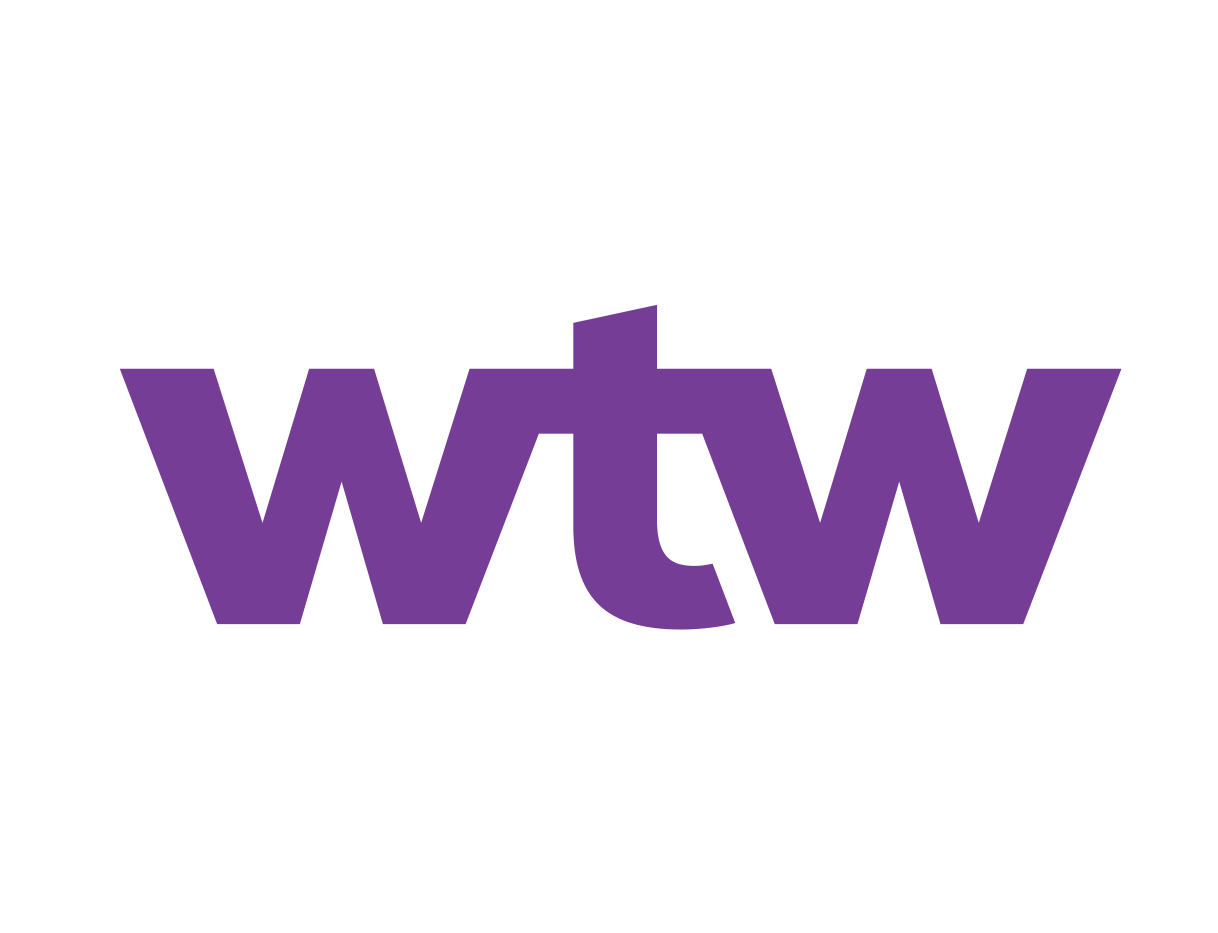

How to stop a gigantic oil spill
Preventing a humanitarian and environmental disaster
Constructed in 1976 and moored off the coast of Yemen, the SAFER supertanker was later converted into a floating storage and offloading facility (FSO) for oil. But production, offloading and regular maintenance operations were suspended in 2015 because of the war in Yemen.
At the UN Secretary-General’s request, UNDP, working closely with the Resident Coordinator, was mandated to implement the complex project to transfer more than one million barrels of oil before the tanker broke apart. We assembled a team of world-class technical expertise, including a marine management consultancy firm, maritime legal firm, insurance and ship brokers, and oil spill experts.
After two years of political groundwork, fundraising and project development, a United Nations-led operation has prevented a massive oil spill, which would have devastated fishing communities on Yemen’s Red Sea coast, wiping out 200,000 livelihoods instantly. Whole communities would have been exposed to life-threatening toxins, with oil also reaching the shores of Saudi Arabia, Eritrea, Djibouti, and Somalia.






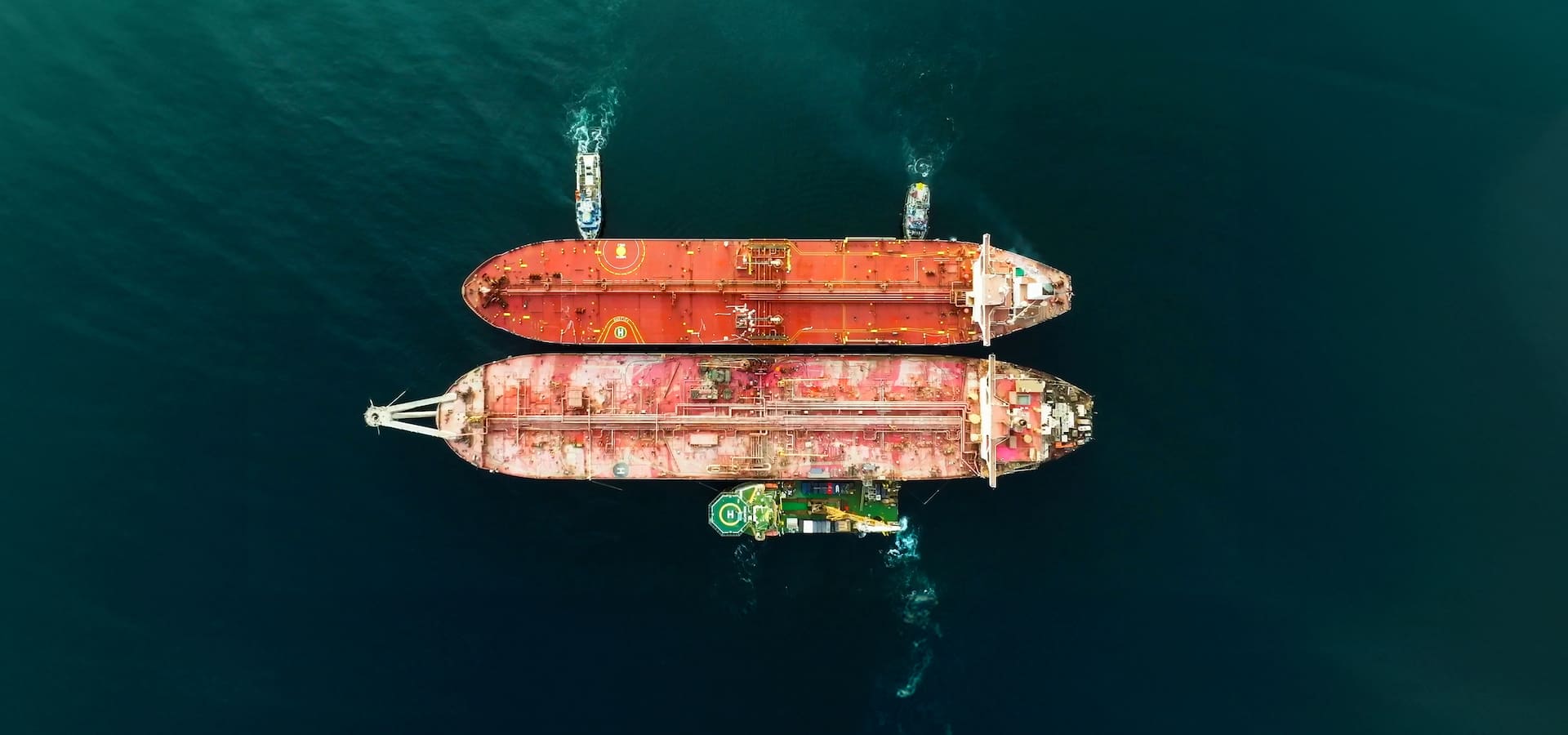

 English
English